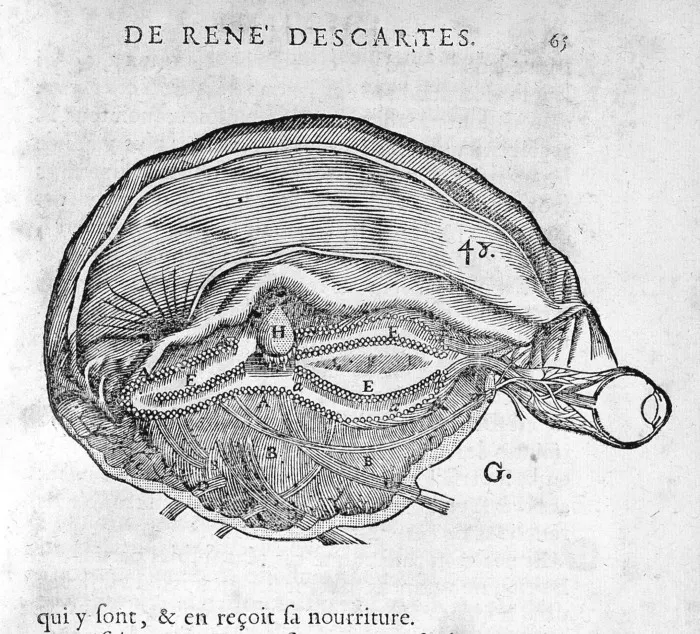My first rotation in graduate school was in Dr. Lawrence (“Larry”) Stark’s Oculomotor Research Lab¹. My father (a real doctor) was visiting, and I was excited to show off the lab. He was seemingly mesmerized by a wall full of journals on Presbyopia. But after a long period of concentration he said, “Presbyopia? You get old; you need reading glasses. What else is there to say?” I found that hard to disagree with, so I struggled to explain why I found eye movements so interesting.
Yet, the study of eye movements played a critical role throughout the history of Science and — inexorably intertwined with study of vision and perception — served as the crucible for emerging fields of psychology, neuroscience, and cybernetics. Eye movements have fascinated — and eluded — some of the greatest minds over the millennia, including Aristotle, Ptolemy, Galen, Alhazen, da Vinci, Bacon, Descartes, Helmholtz, and Sherrington.
Perhaps the most influential of the ancients was Galen of Pergamon (129–200 AD). He was one of the most prolific writers in antiquity, his surviving works exceed 1 million words. (He was also personal physician to Roman Emperors Marcus Aurelius, Lucius Verus, Commodus, Septimius Severus, and Caracalla.) Galen gave us the first detailed understanding of muscular contraction. He recognized muscles worked in agonist/antagonist pairs and speculated that they were powered by “animal spirits” flowing through the nerves. He performed dissections of rhesus monkeys, detailed the organization and structure of the six extraocular muscles, and even performed surgeries to correct strabismus and cataracts. Not bad for 200 A.D.
Over most of the next millennium, most advances in mathematics and sciences can be attributed to the “Islamic Golden Age.” Arab mathematician Ḥasan Ibn al-Haytham (_Latinized _Alhazen) expanded on the ideas of Aristotle, Ptolemy, and Galen and was the first to apply these theories to the “scientific method” of hypothesis testing. His contributions preceded or anticipated many developments over the next thousand years. He reasoned that vision was the result of light impinging on the retina, rather than emanating from the eyes. He calculated the existence of a surface in space, the horopter, where vision is monocular (both eyes see the same image). Alhazen (as well as Ptolemy) also noted that eye movements were either conjugate (the same) or disjunctive (opposite). In the 1800’s, this phenomenon was formally established as “Hering’s Law,” and continues to be a significant topic of study and debate in neuroscience and psychology. (More on this later. See Fig. 5.)
Alhazen had been commissioned by Caliphs of Egypt, to regulate the flooding of the Nile at Aswan. But his plan proved unworkable, and he was arrested by caliph Al-Hakin bi-Amr Allah. While under house arrest, Alhazen wrote his seven-volume Book of Optics (1011–1021). This is widely credited with having established Optics as the first, modern scientific discipline, and Alhazen is often referred to as “The Father of Optics.” His work was first translated into Latin 200 years later and became widely influential on Renaissance scientists after it was printed in 1571.
The most significant advance in Western science was the invention of corrective eyeglasses in Italy (circa 1280), but the eye movements gained renewed attention in the Renaissance. Leonardo da Vinci created hundreds of anatomical studies or the eyes and brain (using cows, as human dissections were forbidden). He was one of the first to recognize the optic nerves crossed hemispheres (Fig. 2). Johannes Kepler’s work on the retinal image extended Alhazen’s ideas. Even Francis Bacon had something to say about eye movements, though admittedly, not his best work:
“The eyes do move one and the same way; for when one eye moveth to the nostril, the other moveth from the nostril. The cause is motion of consent, which in the spirits and parts spiritual is strong².”
#neural-networks #science #control-theory #history-of-science #eyes #data-science
